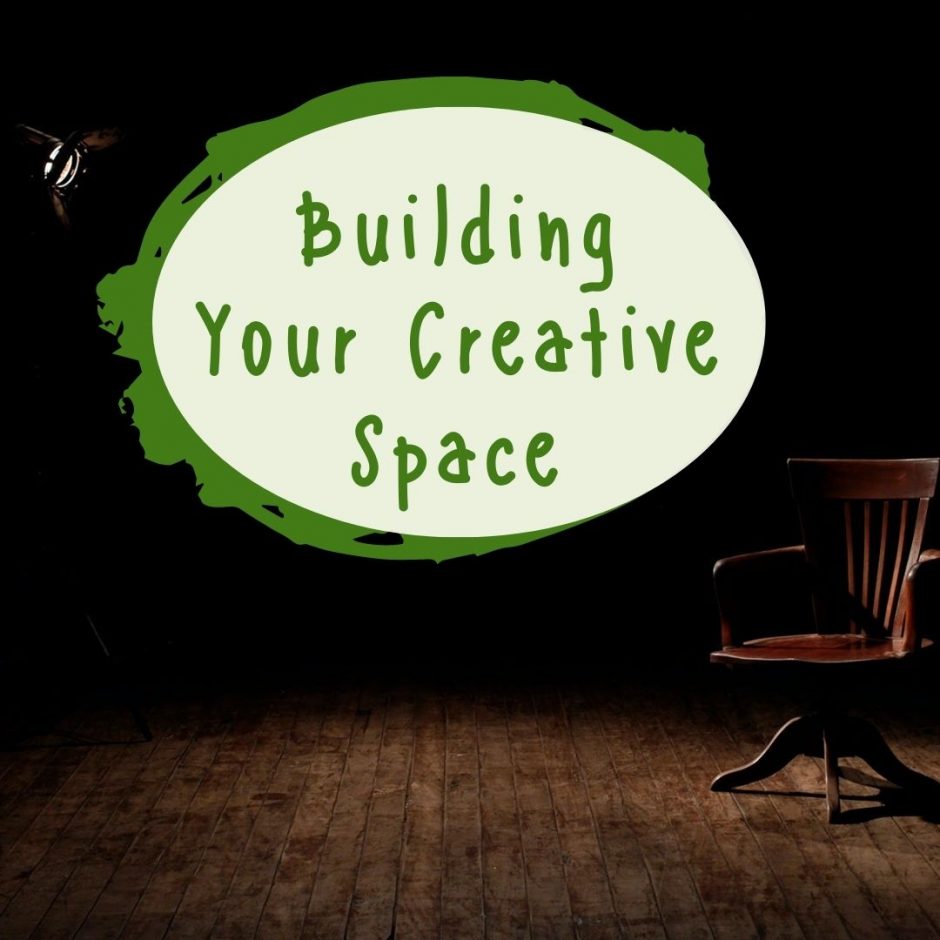As an author, you probably dream of the day when you can write your next novel or poetry anthology in your own writing studio. Something about writing in a dedicated workspace is innately alluring for writers from all backgrounds. A writing studio is free from distraction, well-equipped with resources that you need, and may help you form a stronger writing habit.
However, for most people, writing studios are unattainable. Unless you have tens of thousands of dollars burning a hole in your pocket, you probably can’t afford to bring in a team of builders to erect an ancillary building that meets state specs and is well-equipped for your writing needs.
Today, however, modular construction is set to change that paradigm and may turn your writing studio dream into a reality.
What is Modular Construction?
Modular construction is an increasingly popular option for folks who want to build ancillary sites on their property. At its core, modular construction is defined as “the process of assembling buildings in a dedicated factory or workspace.” Once assembled, these buildings are shipped to the site where they are to be installed. The benefits of modular construction include:
- Reduced costs
- Quicker turnaround
- Minimal disruption
These benefits make modular construction the go-to for writing studios. You can save some serious cash by opting for a modular studio and won’t have to turn your yard into a construction site while the studio is being built. This can be a real boon if you’re a busy writer and need to produce a manuscript or opinion piece on a tight deadline.
Modular design gives you a blank canvas to work with, too. While most modular builds look similar, the internal design of the space is entirely up to you. So, while others are working on assembling your home office, you can spend time researching the interior design principles that promote productivity and help you feel at home in your writing space.

Studio Inspiration
Literary giants like Virginia Woolf and Ernest Hemingway paid great attention to the design of their writing spaces. Monk House, Woolf’s final home in Sussex, contains a functional dove-gray writing lodge on the garden grounds. Similarly, Hemingway did much of his writing in a second-floor studio that overlooks palm trees in Key West, Florida.
Nowadays, you can even purchase a modular version of Woolf’s writing hut in Monk’s House. The Modular build comes in Dove Grey and features the same iconic French double doors and deck. This type of space could provide perfect inspiration if you enjoy writing while a cool breeze blows in.
You don’t need to decorate your studio like your favorite authors to enjoy the benefits of a dedicated writing space, but you should abide by some basic rules when laying out your design. Start by installing full-spectrum light bulbs. These bulbs ensure that light positively affects your mood by mimicking natural light to foster mental sharpness and sharpen your mental faculties. This can lower stress and help you feel at ease in your new studio, too.
You can also draw inspiration from other mediums that move you. For example, if you’re a fiction writer who enjoys surrealist themes, consider hanging thought-provoking abstract art on your walls. Alternatively, if you enjoy writing realism, you might want to purchase iconic artwork by portrait artists like Annie Lebowitz or Steve McCurry. These images will help you tap into the kind of human spirit you want to capture when writing and may help you beat writer’s block.
Building Your Writing Space
Once your modular space arrives, you’ll want to take steps to make it comfortable and functional. This doesn’t need to break the bank, as small changes can make a big difference. Get the ball rolling by utilizing DIY writing sanctuary tips like:
- Functionality: A beautiful hardwood swivel chair may look the part in your studio, but will it support your posture when writing from dawn to dusk? If not, consider opting for a more modern office chair with ergonomic features.
- Comfort: Install an HVAC unit and an air purifier if you want to work in the space year-round. This will add some extra costs to your space but will pay dividends when you can still use your writing studio in comfort for 8+ hours a day in the winter months.
- Break-Space: Consider bringing in an additional chair where you will sit, snooze, and relax away from the desk. A quick break can be the perfect tonic if you’re mentally fatigued and need to hit the reset button after a lengthy writing session.
- Nature: Letting natural light and a calming breeze enter your space can help you de-stress and feel at peace in your space. Consider bringing in some houseplants to further blend the boundaries between nature and your writing studio.
Building a writing space that meets your needs is all about experimentation and adjustments. Get started by nailing the basics like installing an HVAC system and adequate lighting. This gives you a strong foundation to build on and will ensure that you’re able to work in your studio year-round.
Conclusion
As a writer, you should be able to sit down and work regardless of your physical location. However, if you want to maximize your productivity and write in comfort, a writing studio is the way to go. You can reduce the cost of building a studio and minimize delays to your writing process by leaning on modular construction designs. These are budget-friendly and will be delivered with a quick turnaround. You don’t have to worry about erecting the structure yourself, either, meaning you can focus on making interior design choices that inspire you to write.

Amanda Winstead is a writer from the Portland area with a background in communications and a passion for telling stories. Along with writing she enjoys traveling, reading, working out, and going to concerts. If you want to follow her writing journey, or even just say hi you can find her on Twitter.




1 Comment
It’s amazing what you can find when you shop your own house. Similar items can create a new theme and offer ambiance in an office fit for a queen!